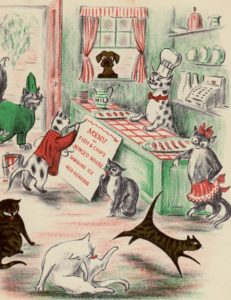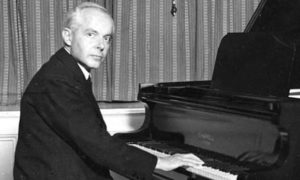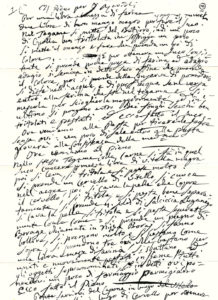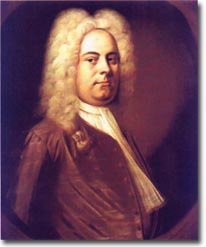If music be the food of love, what’s the food of music?
By Dyana Neal | Posted in Host Blogs | 3 Comments
On almost any given day, if you were to stop by WBJC’s studios, you’d hear someone mention food. The staff at this radio station loves to natter on about all things culinary – favorite cookbooks, silly food trends, amazing (or dreadful) restaurants we’ve recently tried – if you can eat it or drink it, we’ve probably discussed it at work. There’s only one other non-musical topic that seems to surface as frequently as comestibles around here: cats!
As such, it was only a matter of time before my thoughts turned to the relationship between food and classical music. I was aware that various savories and sweets are named for composers and performers: Tetrazzini (turkey, chicken, or, most appealing to me, lobster,) Tournedos Rossini, Peach Melba, and Mozartkugeln, to name a few. Berlioz, Bizet, and Rossini all have egg dishes named after them, and then there are obscurities such as Caruso Sauce and Chaliapin Steak. But what foods have performers and composers truly been fond of over the years? Did any of them have eating habits we might consider odd?
Not too surprisingly, Erik Satie had an interesting culinary quirk: he claimed he only ate white foods, which he described as “eggs, sugar, grated bones, the fat of dead animals; veal, salt, coconut, chicken cooked in white water; fruit mold, rice, turnips; camphorated sausage, dough, cheese (white), cotton salad, and certain fish (skinless).” Eccentric, yes, but pretty much what one would expect from a composer who gave performance instructions such as “wonder about yourself”, “light as an egg”, and “like a nightingale with a toothache.” Still, I shudder to think of the condition of Monsieur Satie’s digestive system and suspect that his dinner parties, if he gave them, were sparsely attended.
Bela Bartok apparently delighted in discovering new foods and would either discuss them at great length with his dining companions – how very WBJC of him – or take elaborate notes on what he’d eaten. After he and his wife moved to America in 1940, Bartok was served his first avocado in a version of Waldorf salad. “This is a fruit somewhat like a cucumber in size and colour,” he wrote. “But it is quite buttery in texture, so it can be spread on bread. Its flavour is something like an almond but not so sweet. It has a place in this celebrated fruit salad which consists of green salad, apple, celery, pineapple, raw tomato and mayonnaise.” (Author’s note: Waldorf salad has never appealed to me and this particular version sounds horrific!)
Widely considered the greatest violin virtuoso of his time, Niccolo Paganini had an international touring career and thus was able to sample the cuisines of all the major European capitals. This must have been quite a treat for Paganini, who went without food at times during his childhood. It seems family finances weren’t the issue; rather, Paganini’s father forced him to practice mandolin, and later violin, from dawn til dusk; if the boy’s energy or concentration flagged, he received no meals. As an adult, Paganini made up for the deprivation of his youth by cooking. His ravioli recipe – which incorporates veal, beef, Lugano sausage, and calf’s brain, among other things – can be found in the Library of Congress, in his own hand. Judging from the condition of the recipe, Paganini was a much neater chef than many of us.
Knowing that Handel adored wine, a Duke once sent him a brace of pheasant and an excellent bottle of port the very same day the composer was to host a dinner party. During the meal, Handel repeatedly excused himself from the table, saying that he needed to write down a bit of musical inspiration in the next room. After a while, one of the guests, a Mrs. Anne Dewes, noted that a member of the party could no longer contain his curiosity and peeked at the maestro through the keyhole. He found Handel secluded not with the Muse, but rather with liquid portion of the Duke’s gift.
If you have a favorite music-inspired dish or drink, we’d love to hear about it!
Tags:avocado, BARTÓK, Berlioz, Bizet, classical, dinner, Duke, food, Handel, Melba, Mozart, music, Paganini, party, port, recipe, rossini, satie, Tetrazzini, Waldorf salad, wine












3 Responses to If music be the food of love, what’s the food of music?